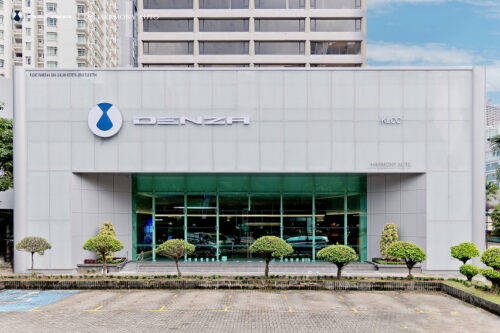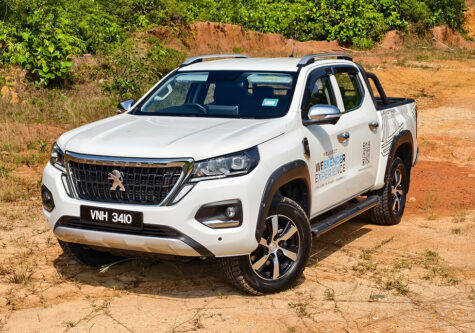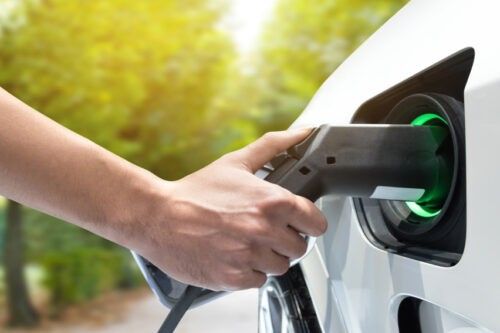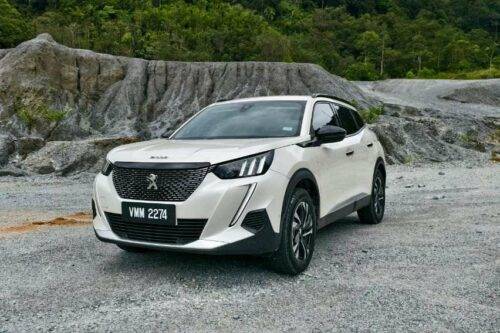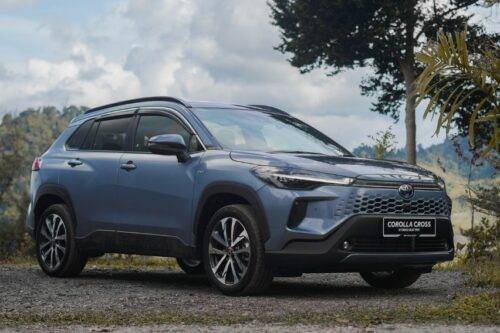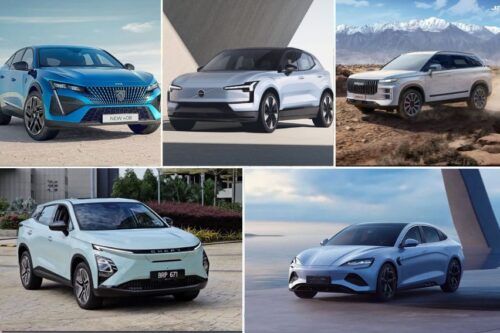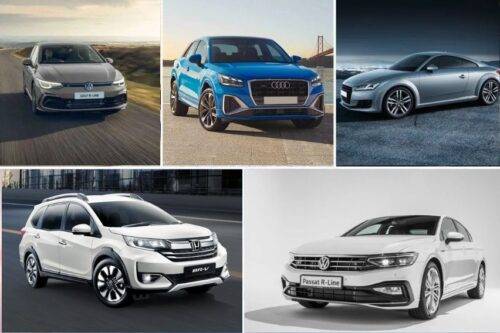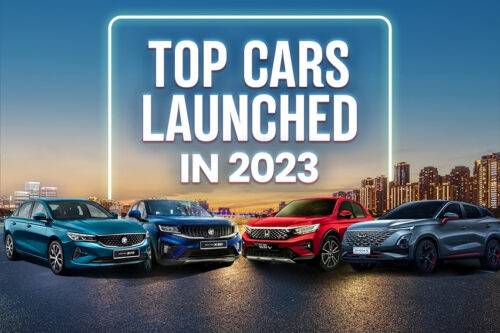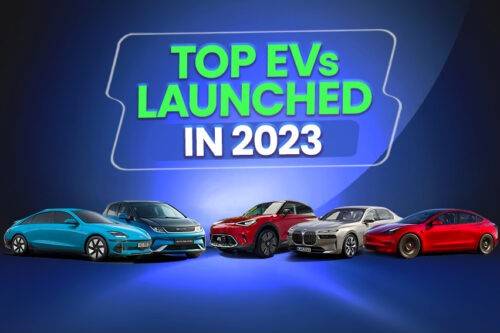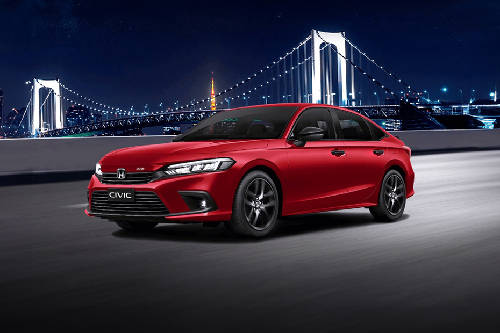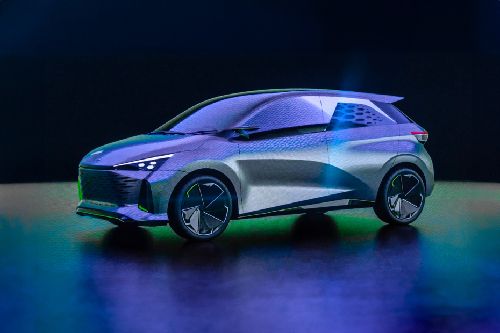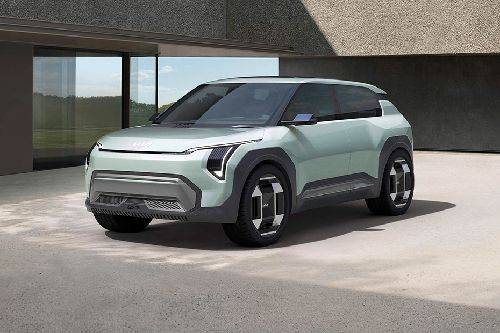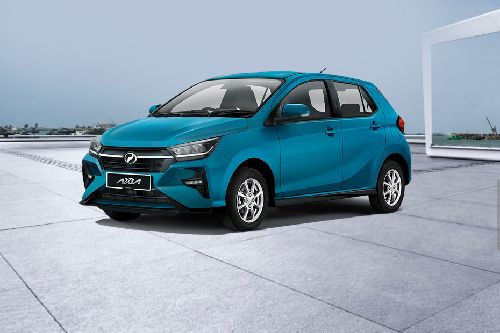National Automotive Policy 2020 - Key highlights
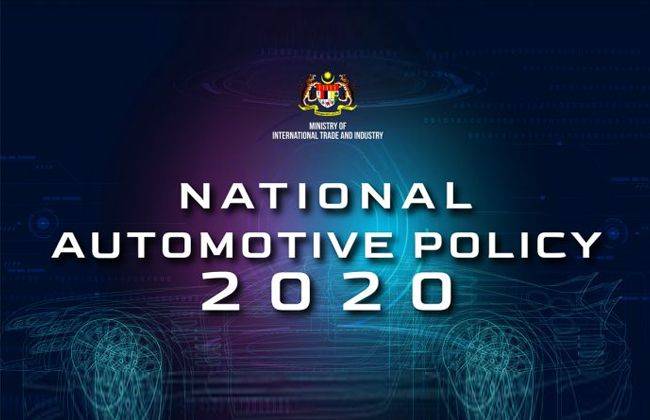
The much-awaited National Automotive Policy (NAP) 2020 finally launched on 21 Feb 2020. First formulated in 2014, NAP was focussed to enhance Malaysia’s automotive industry and to make Malaysia a regional leader in technology, engineering and manufacturing. Aside from this, the objective of NAP was to ensure sustainable development of the local automotive industry.
With so many changes happening in the automotive world, the enhanced version of the policy has now been introduced called the NAP 2020 that highlights three main aspects, mobility as a service (MaaS), Industrial Revolution 4.0 (IR4.0) and next-generation vehicle (NxGV).
Additionally, the NAP 2020 maintains its philosophy of three directional thrusts, including investment, technology and engineering. and market expansion, and three strategies, including human capital development and safety, environment and consumerism, and value chain development.
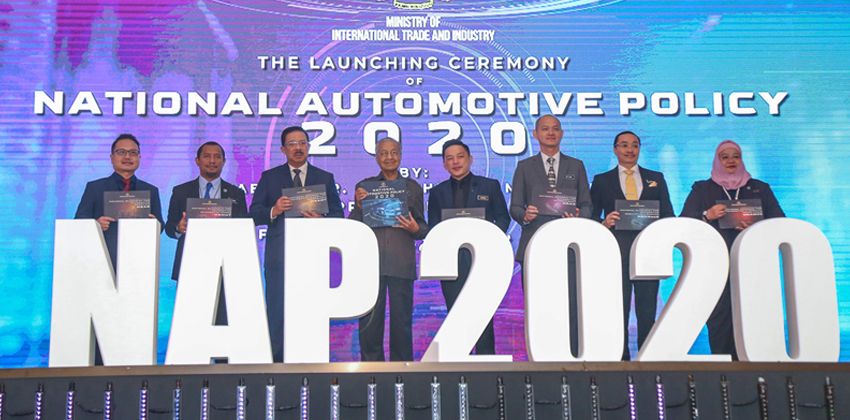
NAP 2020 Objectives
Launched by the Prime Minister, the NAP 2020 has the following objectives -
- Develop NxGV technology ecosystem for making the country a regional production hub of NxGV
- Extended participation of local automotive industry in the field of MaaS
- Enhanced domestic automotive industry in-line with new paradigms closely related to IR4.0 developments
- Maximum benefit to the entire ecosystem from the implementation of NxGV
- Improved fuel efficiency levels for reducing carbon emissions in the country by 2025
Other key highlights of NAP 2020
Following are the key highlights of the latest introduced NAP 2020.
MaaS: With the rising popularity of self-driving cars and ride-sharing services, NAP 2020 intends to support the development of such services to promote lower cost-per-kilometre for the general public
NxGV Standards: To prepare NxGV market by 2025, the NAP 2020 reveals the swift development in the areas like charging, energy management, and safety by 2021
Manufacturing Licenses: While the manufacturing licenses for EEV will continue to be issued, the new manufacturing licenses for NxGV will be issued. The manufacturing licenses for non-EEV will be frozen
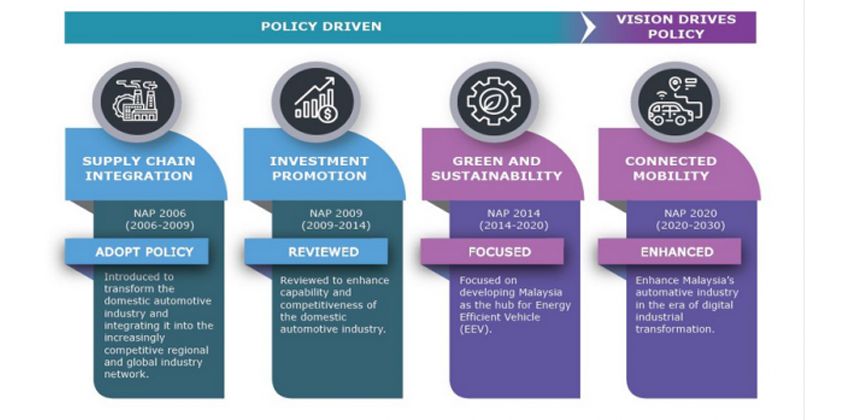
Customized Incentives: A more comprehensive mechanism for incentives will be present from now due to more competitive investment opportunities than ever before. Criteria include technology transfer, supply chain development, value of investment, research and development, employment opportunities, total exports and more
Existing Policies: The existing policies including the open approved permit and franchise AP policies will continue to exist
Palm Oil Biodiesel: Automotive sector to adopt palm oil biodiesel as a part of consumerism and environment strategy
Market Expansion: New initiatives will be introduced for market expansion. Measure to be taken are as follows -
- Expansion of soft loan schemes
- Abolishment of multi-source parts scheme
- More use of e-commerce platforms
- Enhanced use of free trade agreements
- Increase in export programmes
NAP 2020 establishes three Blueprints and four Roadmaps for upcoming years, from 2020 to 2030. They are as follows:
National Blueprint for Automotive Mobility as a Service: outlines core planning of mobility solutions and transport services
National Blueprint for Automotive Robotics: outlines robotic strategies and use of robotics automation for enhancing supply chain management, equipment handling, product design, green energy management and more
National Blueprint for Automotive Internet of Things: outlines connectivity revolution, marketing of connected vehicles and ways to overcome manufacturing challenges, process development, and vehicle life cycle
National Roadmap for Automotive and Mobility Value Chain: outlines the development and enhancement of mobility value chain and automotive to supply to global as well as local markets
National Roadmap for Automotive & Mobility Technology: outlines how technology can be used to develop automotive products and mobility ecosystems.
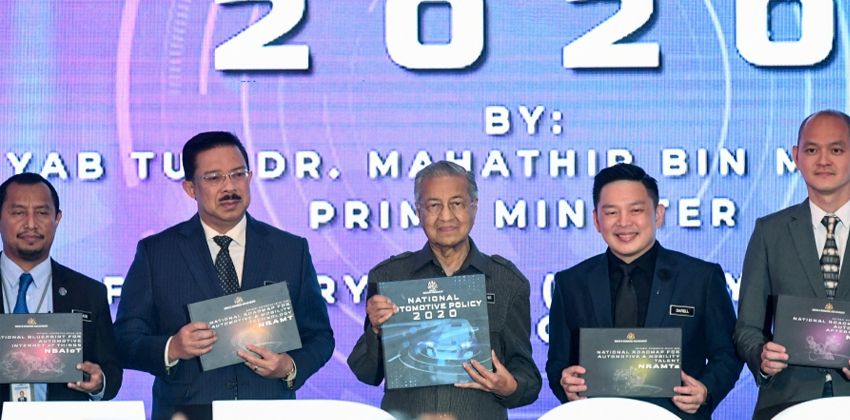
National Roadmap for Automotive & Mobility Talent: outlines the plans for creating workable talent in different areas like marketing, manufacturing and services like mobility ecosystem integration
National Roadmap for Automotive Aftermarket: outlines improvement methods for local automotive stakeholders to make the country a remanufacturing hub in ASEAN
With NAP 2020, the automotive industry of Malaysia is all set to accelerate and be at the forefront of mobility at the global stage. The framework also presents opportunities for businesses looking to invest in Malaysia and viable ways to grow as a leader in the Southeast Asian market.
Also Read: Decision on official vehicles to be taken by the Finance Ministry
Sell your car at the best price
 Verified and genuine buyers
Verified and genuine buyers
Trending & Fresh Updates
- Latest
- Popular
You might also be interested in
- News
- Featured Stories
Featured Cars
- Latest
- Upcoming
- Popular



